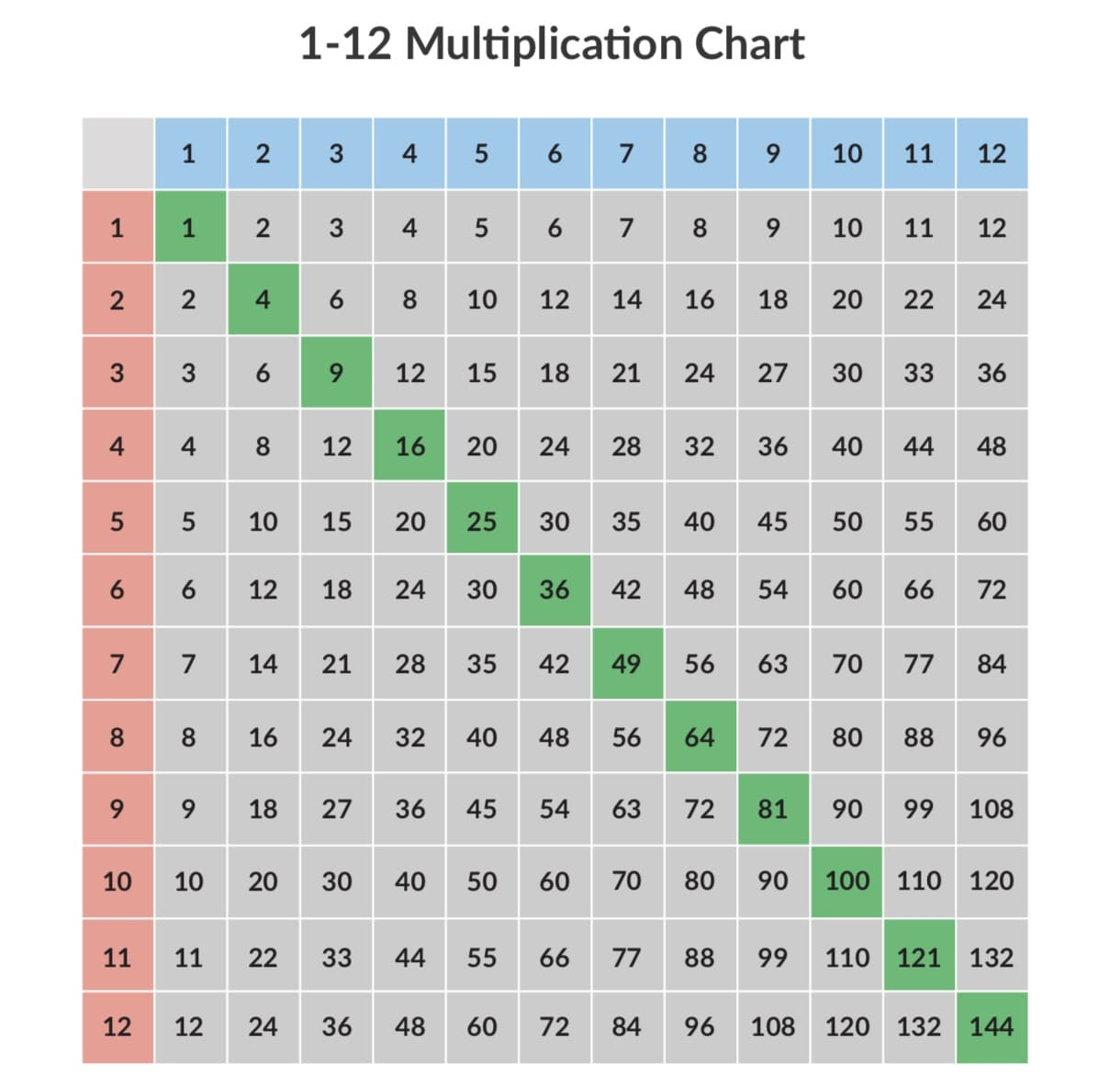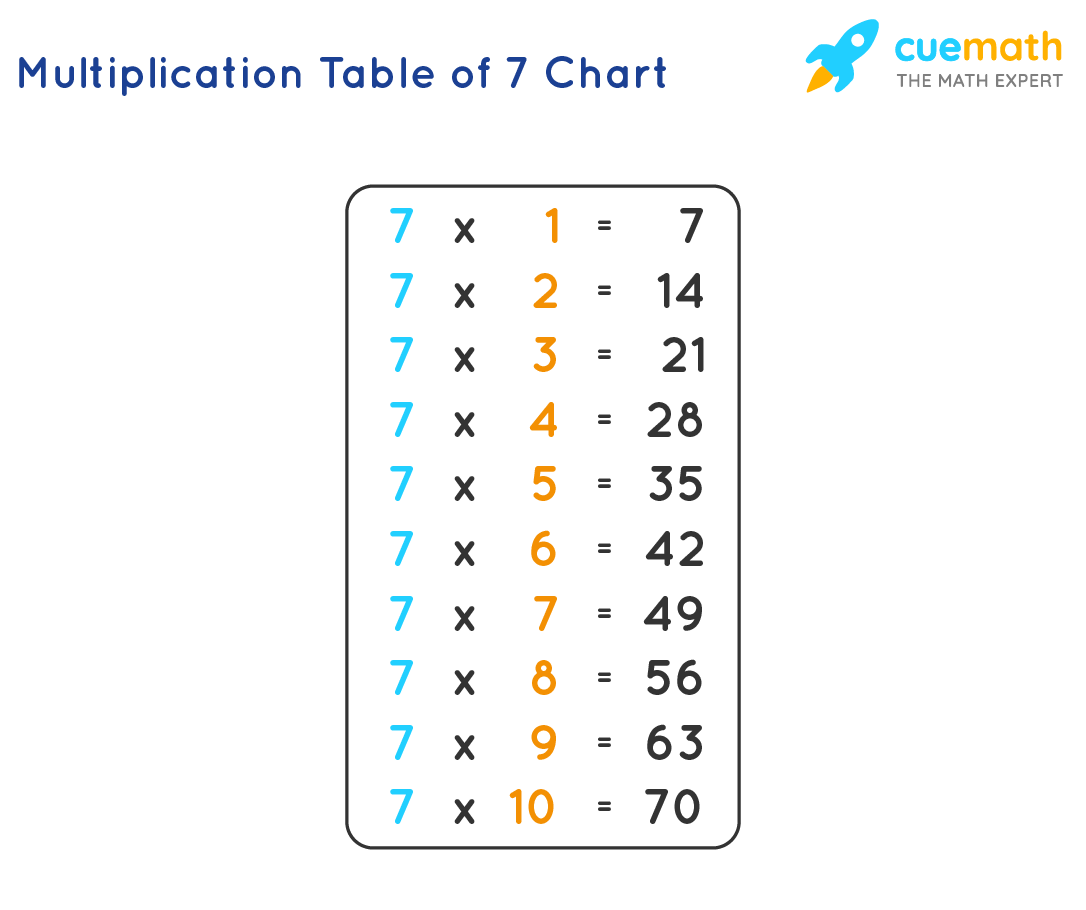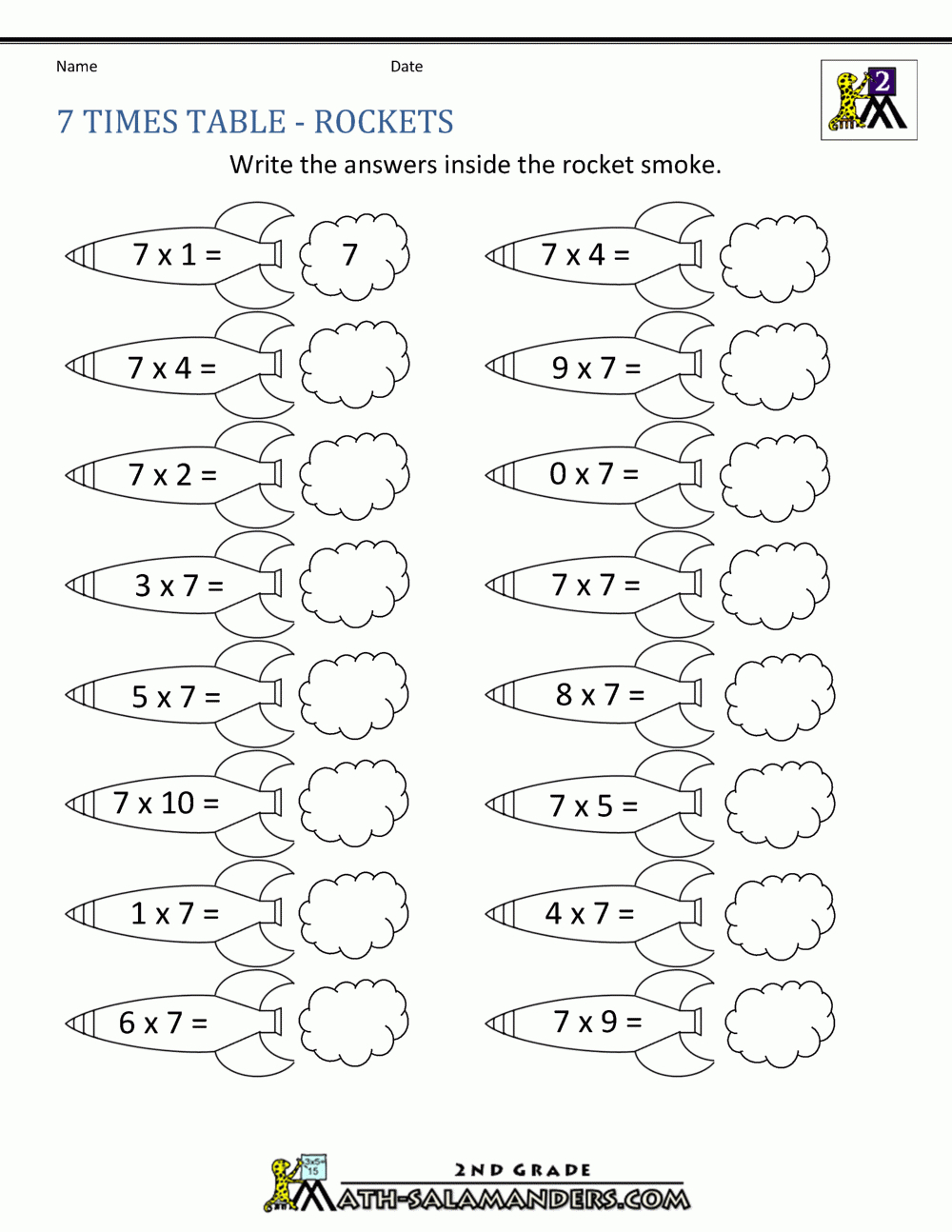


Your daughter will be able to find any particular math fact by looking where the appropriate row and column meet. When the chart is finished, hang it on the refrigerator or some other prominent place.


If your daughter is afraid of math, it may take several days to fill in the chart, a little bit at a time. As she moves from one row to the next, she will write the total number of blocks, adding seven and seven and seven more…īe patient. Help her fill in the chart for herself by adding or skip counting the numbers in each row and column.įor instance, to write the times-7 facts, she can imagine using the multiplication ray gun’s Replicate setting to copy a row of 7 blocks, over and over again. Your daughter has almost certainly seen a chart like this before, but even so, she will probably find it intimidating. One online friend credits his math skills to working out a 30 × 30 times table as a child. Take the chart up to 12 × 12, or even higher (and include a column for zero, if you like). With a ruler, draw a large, blank times table. Use a manila file folder or tape two pieces of copy paper together, long sides touching. If she is willing to take the challenge, you will need a way to keep track of your progress. We will use the world’s oldest interactive game - conversation - to explore multiplication patterns while memorizing as little as possible. Over the next two months, without flashcards or memory drill, how many math facts can the two of you learn together? I recommend a different approach: Challenge your student to a joint experiment in mental math. Many people resort to flashcards and worksheets in such situations, and computer games that flash the math facts are quite popular with parents. She has been studying multiplication in school for nearly a year, but she still stumbles over the facts and counts on her fingers. The question is common on parenting forums: Photo of Eeva times 6, by Eric Horst, via flickr.


 0 kommentar(er)
0 kommentar(er)
